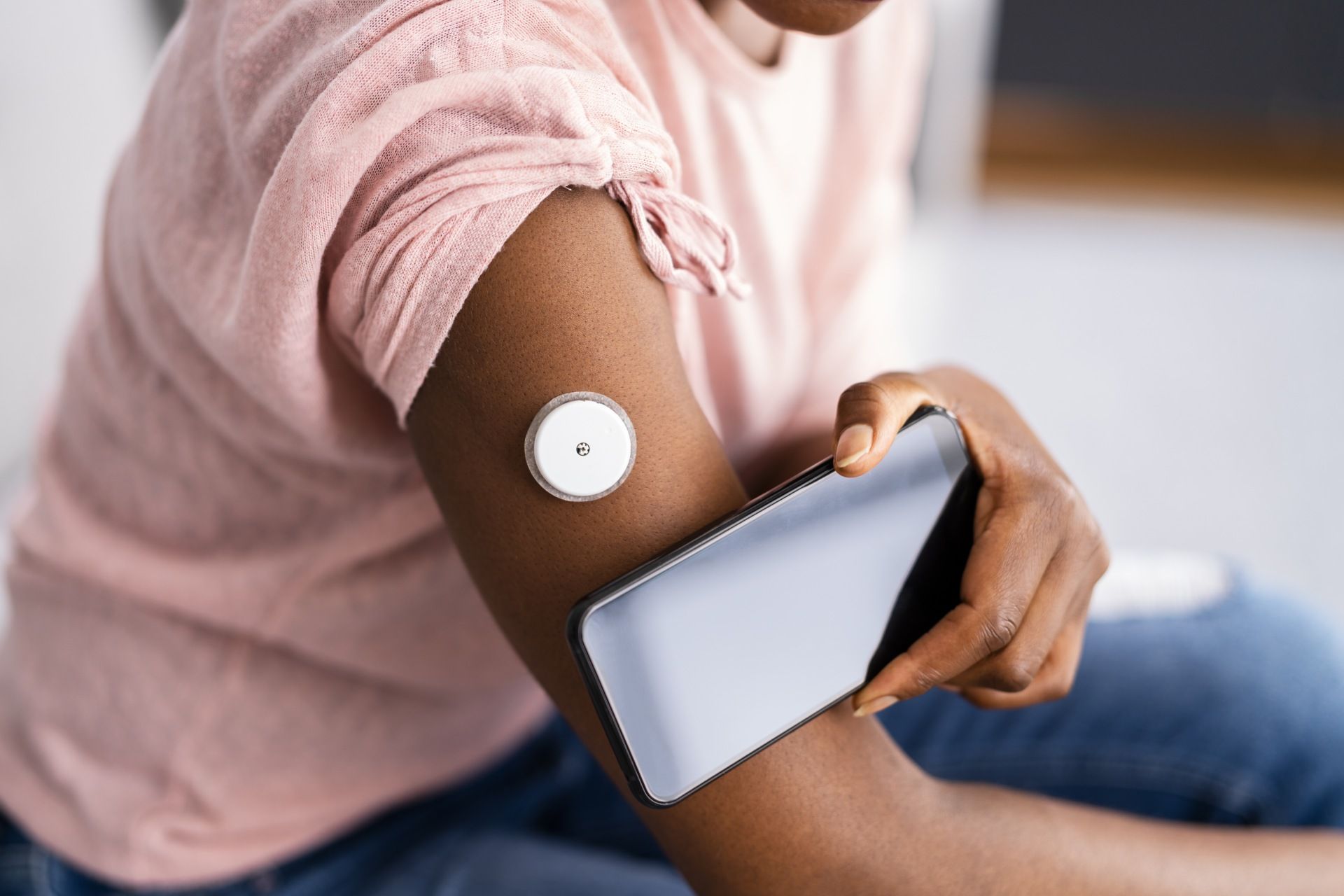- Center on Health Equity & Access
- Clinical
- Health Care Cost
- Health Care Delivery
- Insurance
- Policy
- Technology
- Value-Based Care
Real-Time CGM Shows Benefits Over Intermittently Scanned CGM in T1D
In a systematic review and meta-analysis, real-time continuous glucose monitoring (CGM) demonstrated benefits in terms of time in range, hypoglycemia, and hyperglycemia among patients with type 1 diabetes (T1D).
An analysis of 5 randomized controlled trials (RCTs) determined that real-time continuous glucose monitoring (rtCGM) is superior to first-generation intermittently scanned CGM (isCGM) for patients with type 1 diabetes (T1D) based on time in range (TIR) and time spent in hyperglycemia and hypoglycemia. The findings were published in Diabetic Medicine.
While comparisons between rtCGM and isCGM have been done in RCTs, there has not been a systematic review and meta-analysis to determine each method’s glycemic effectiveness, according to the authors. The 2 methods have similar technological aspects, with the main difference being that isCGM requires users to scan a sensor to get data from the system and rtCGM systems transmit data to a receiver that provides real-time information and actionable alerts. Additionally, rtCGM systems can be used alone or in conjunction with insulin delivery systems. In second-generation isCGM devices, simple glucose threshold alerts are available.
Compared with traditional self-monitoring of capillary blood glucose, both types of CGM have been shown to improve glycemic outcomes such as TIR of 70 to 180 mg/dL (3.9-10.0 mmol/L) and incidence of hypoglycemia, the authors noted. Head-to-head trials of rtCGM vs isCGM have also been conducted in recent years.
“No meta-analysis has been conducted to consolidate this recently available evidence, and while isCGM is converging back to rtCGM in the recent limited release globally of a third-generation system, many locations still use isCGM, making an understanding of efficacy still highly relevant,” the authors wrote.
Glucose monitor | Image credit: Andrey Popov - stock.adobe.com

The new systemic review and meta-analysis explored the effects of rtCGM and isCGM on TIR, hemoglobin A1C (HbA1C), and secondary glycemic variables of time below range (TBR; < 70 mg/dL [< 3.9 mmol/L] and < 54 mg/dL [<3.0 mmol/L]), time above range (TAR; > 180 mg/dL [> 10.0 mmol/L] and > 250 mg/dL [> 13.9 mmol/L]), glucose variability (coefficient of variance [CV] and standard deviation), and mean glucose. The analysis included data from 1 RCT each conducted in the United Kingdom, Czech Republic, and New Zealand, and 2 RCTs in Belgium. Overall, 446 participants were analyzed (364 adults, 92 children and adolescents).
Regarding rtCGM types, 1 trial utilized Dexcom G5, 1 used Dexcom G6, 2 used Guardian Connect Mobile, and 1 used do-it-yourself rtGCM integrating isCGM and a third-party Bluetooth device called MiaoMiao. All trials included users of first-generation isCGM with the FreeStyle Libre 1 in the comparator arms.
Investigators found that rtCGM improved TIR by 7.0% (95% CI; 5.8%-8.3%; P < .01), or 101 minutes per 24-hour period, compared with isCGM. Only 1 study with an intervention duration of more than 3 months showed a significant HbA1C difference with rtCGM vs isCGM, but the meta-analysis overall did not show a statistically significant difference in this regard.
There was also a positive effect on TBR (< 70 mg/dL [< 3.9 mmol/L]), with those using rtGCM experiencing a mean difference of –1.7% (95%CI; −3.0% to −0.4%; P = 0.03) vs isCGM users. There was also a decrease in TBR (< 54 mg/dL [<3.0 mmol/L]) with rtCGM use, but it was not statistically significant. rtCGM also showed a decreased proportion of time in hyperglycemia, with TAR decreasing more with rtCGM vs isCGM.
“The threshold-based high and low alerts in rtCGM might contribute to our findings of the superiority of rtCGM over first-generation isCGM in reducing hypo- and hyperglycemia,” the authors noted. “However, as high heterogeneity was seen between studies when analyzing time spent in hypoglycemia, these results were of a low-quality evidence level and should be interpreted with caution, particularly when focusing on the differences in study populations, trial design and skewed data transformation.”
They added that the level of certainty in the evidence included in the review and meta-analysis was moderate and that TIR in tandem with HbA1C are both appropriate for measurement of benefits in T1D. Further research, including studies on the benefits of second-generation isCGM, is also important.
“Overall, rtCGM confers a statistically significant and clinically important 7% absolute increase in TIR, largely by reducing TAR and hypoglycemia when compared to isCGM. No significant difference in HbA1C, and CV were seen,” the authors concluded. “Clinically, benefits of achieving a time-in-range of this magnitude (equivalent to approximately 2 hours/day) are relevant for individuals living with T1D.”
Considering the benefits seen with rtCGM vs isCGM in the analysis, efforts to reduce the cost and improve equity of access to such systems is essential, as are efforts to improve the performance and integration of these systems.
Reference
Zhou Y, Sardana D, Kuroko S, et al. Comparing the glycaemic outcomes between real-time continuous glucose monitoring (rt-CGM) and intermittently scanned continuous glucose monitoring (isCGM) among adults and children with type 1 diabetes: a systematic review and meta-analysis of randomized controlled trials. Diabet Med. Published online January 10, 2024. doi:10.1111/dme.15280
